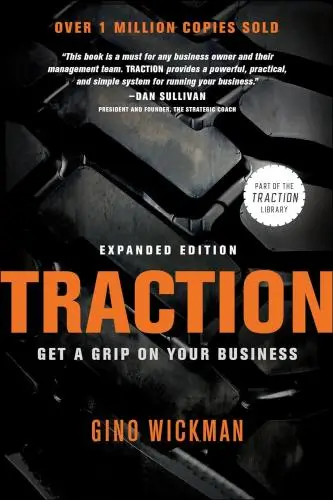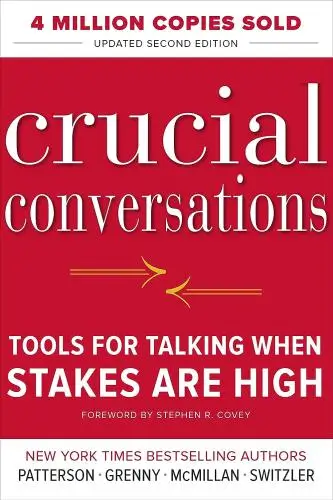Crucial Conversations
Tools for Talking When Stakes Are High
What is Crucial Conversations about?
Crucial Conversations is a powerful guide to mastering difficult conversations. The book provides practical strategies for navigating conversations when stakes are high, opinions differ, and emotions run strong. With actionable tips on how to create a safe environment for dialogue, manage emotions, and achieve mutual understanding, this book is a must-read for anyone looking to improve their communication skills.
About the Author
Kerry Patterson is a best-selling author known for his work in the field of leadership and communication. He is co-author of "Crucial Conversations: Tools for Talking When Stakes Are High," which has been praised for its practical advice and actionable strategies. Patterson's writing style is clear and engaging, and he presents unique perspectives on how to navigate difficult conversations and achieve positive outcomes. His work often focuses on the importance of effective communication in personal and professional relationships.
10 Key Ideas of Crucial Conversations
Start with Heart
Focus on what you truly want from the conversation. This means identifying your own motives and deciding what you really want for yourself, for others, and for the relationship. It's about aligning your intentions with your actions to ensure that the conversation leads to mutual respect and desired outcomes. This tactic prevents conversations from becoming combative or confrontational, encouraging a more collaborative approach.
Learn DeeperReflect Before You Speak: Before initiating a crucial conversation, take a moment to reflect on what you truly want to achieve. Ask yourself, 'What is my goal here? Is it to prove a point, or to build a stronger relationship?' This reflection helps align your approach with your desired outcome.
Identify Your Motives: Clearly define for yourself what you want for you, for the other person, and for the relationship as a whole. This might mean writing down your thoughts to gain clarity. For instance, 'I want to express my concerns without hurting their feelings, I want them to feel heard, and I want us to find a solution together.'
Practice Active Listening: During the conversation, make a conscious effort to listen more than you speak. This demonstrates respect and openness, making the other person more likely to engage constructively. Nod, maintain eye contact, and paraphrase what they say to show you understand.
Use 'I' Statements: When expressing your thoughts or feelings, start sentences with 'I' instead of 'You'. For example, say 'I feel concerned when...' instead of 'You make me feel...'. This reduces defensiveness and keeps the focus on your experience rather than placing blame.
Agree on a Follow-Up: At the end of the conversation, agree on actionable steps and a timeline. This could be as simple as 'Let's check back in next week to see how we're both feeling about this solution.' It shows commitment to resolving the issue and maintaining the relationship.
- Example
Imagine you're frustrated because a coworker consistently misses deadlines, affecting your workload. Instead of confronting them with accusations, you start by reflecting on your desired outcome: a more cooperative work environment. You approach the conversation by expressing your concerns using 'I' statements, like 'I've noticed some deadlines have been missed, and it's been challenging for me to manage my workload. Can we talk about how we might address this?' This opens up a dialogue focused on finding solutions rather than assigning blame.
- Example
Consider a scenario where you and your partner have been arguing about household chores. Before discussing it further, you think about what you really want: a fair distribution of tasks and a peaceful home environment. During the conversation, you focus on expressing your feelings and needs ('I feel overwhelmed when I have to take care of most of the chores. Can we discuss a way to divide them more evenly?') and actively listen to your partner's perspective. Together, you come up with a new chore schedule and agree to revisit the arrangement in a month to ensure it's working for both of you.
Learn to Look
Be attentive to signs of a conversation turning crucial, such as physical signs of stress, emotional responses, and the silence or violence tactics people use when they feel threatened. Recognizing these signs early allows you to steer the conversation back to safety and prevent escalation. It's about being aware of the emotional and psychological dynamics at play and responding appropriately to keep the dialogue constructive.
Learn DeeperPause and Assess: When you notice physical signs of stress (like a racing heart or sweaty palms) or emotional responses (such as feeling suddenly angry or defensive) in yourself or others, take a moment to pause the conversation. This break can prevent the situation from escalating.
Ask Open-Ended Questions: If you sense the conversation is veering into silence (where people withdraw) or violence (where they attack), gently ask open-ended questions to encourage dialogue. For example, 'Can you tell me more about your perspective on this?' or 'What's making you feel uncomfortable right now?'
Express Your Intent: Clearly and calmly express your intentions behind the conversation. Saying something like, 'My goal here is to understand your point of view and find a solution that works for both of us' can reassure the other person and guide the conversation back to a constructive path.
Practice Active Listening: Show that you are engaged and value the other person's input by practicing active listening. Nod, make eye contact, and repeat back what you've heard to confirm understanding. This can help de-escalate emotions and encourage open communication.
- Example
During a team meeting, you notice one of your colleagues has gone quiet after a heated discussion on project roles. Recognizing this as a sign of 'silence', you pause the discussion and ask them, 'It seems like you might have some thoughts on this. Would you be willing to share your perspective?'
- Example
In a conversation with your partner about budgeting, you start to feel defensive when they question your spending habits. Noticing your own physical signs of stress, you take a deep breath and say, 'I'm feeling a bit defensive right now, which isn't helpful. Can we try to understand each other's concerns more clearly?'
Make It Safe
When conversations become tense or uncomfortable, work to restore safety. This involves stepping out of the content of the conversation and addressing the conditions that have made it unsafe, such as mutual respect and mutual purpose. Ensuring safety makes it possible for all parties to engage in open, honest dialogue without fear of attack or withdrawal. It's about creating an environment where everyone feels understood and valued, even in disagreement.
Learn DeeperExpress Your Intentions: Clearly state that your goal is to find a solution beneficial for all parties involved. Emphasize that you value mutual respect and are committed to understanding each other's perspectives.
Ask for Others' Points of View: Encourage others to share their thoughts and feelings. Show genuine interest in understanding their viewpoints without judgment. This demonstrates respect and can help rebuild safety.
Acknowledge Emotions: Recognize and validate the emotions present in the conversation. Saying something like, 'I can see this topic is really important to you,' helps people feel heard and respected.
Establish Common Ground: Identify any shared goals or values that can serve as a foundation for the conversation. Highlighting mutual interests can remind everyone why it's worth working through the discomfort.
- Example
During a team meeting, when the discussion about project deadlines becomes heated, one member suggests taking a five-minute break. Upon resuming, they start by acknowledging everyone's hard work and stress the importance of finding a realistic timeline that won't compromise quality.
- Example
In a family discussion about finances that starts to escalate, one person says, 'I realize this is a tough topic for us, but I believe we all want what's best for our family. Can we each share our main concerns and try to understand where the other is coming from?' This approach helps shift the conversation from conflict to collaboration.
Master My Stories
Take control of your personal narratives. Our emotions and reactions are influenced by the stories we tell ourselves about what is happening around us. By examining and challenging these stories, we can choose more productive responses. This tactic involves separating facts from stories, questioning our interpretations, and considering other possible explanations, leading to more balanced and less reactive interactions.
Learn DeeperDistinguish Facts from Stories: Write down or mentally separate the facts of the situation from the narrative you've constructed. Facts are observable and verifiable, while stories are interpretations and assumptions.
Challenge Your Story: Ask yourself, 'Is there another way to look at this situation? Could I be misinterpreting the facts or jumping to conclusions?' This helps in considering alternative narratives.
Seek Additional Perspectives: Talk to others involved or who witnessed the situation. Their insights can help you see angles you might have missed and refine your understanding of the facts.
Practice Empathy: Try to understand the perspectives and motivations of others involved in the situation. This can often reveal new stories that are more aligned with the collective reality.
- Example
You receive an email from a coworker that seems curt, and you immediately feel offended, interpreting it as rude. Pause Before Reacting by taking a few deep breaths. Then, Distinguish Facts from Stories: the fact is the email is short; the story is that it's rude. Challenge Your Story by considering they might be in a rush. Seek Additional Perspectives by asking if everything is okay. You might find they were just busy, not rude.
- Example
Your friend cancels plans last minute, and you feel hurt, assuming they don't value your time. Before letting this story take hold, Pause Before Reacting. Distinguish Facts from Stories: the fact is the cancellation; the story is they don't care. Challenge Your Story by considering other reasons they might have had to cancel. Practice Empathy by reaching out to understand their situation better, which may reveal they had an emergency.
Deeper knowledge. Personal growth. Unlocked.
Unlock this book's key ideas and 100+ more. Learn with quick, impactful summaries.
Read Full SummarySign up and read for free!
Crucial Conversations Summary: Common Questions
Experience Personalized Book Summaries, Today!
Discover a new way to gain knowledge, and save time.
Sign up for our 7-day trial now.
No Credit Card Needed

Similar Books
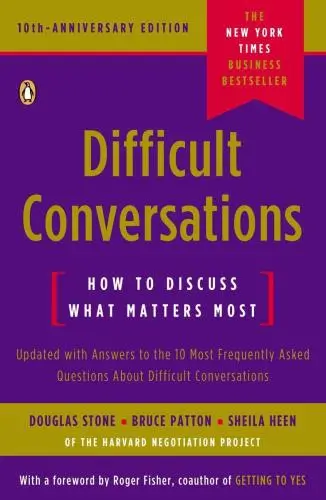
Difficult Conversations
Douglas Stone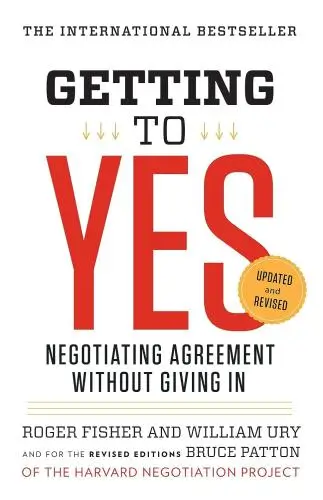
Getting to Yes
Roger Fisher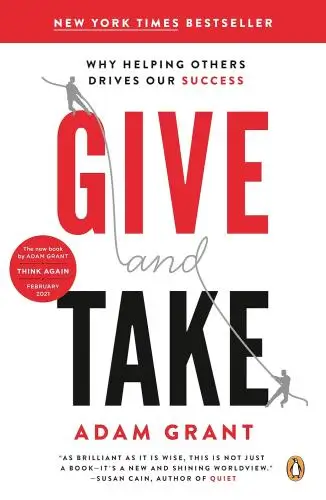
Give and Take
Adam Grant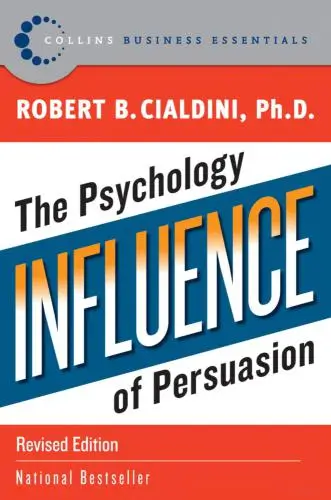
Influence
Robert B. Cialdini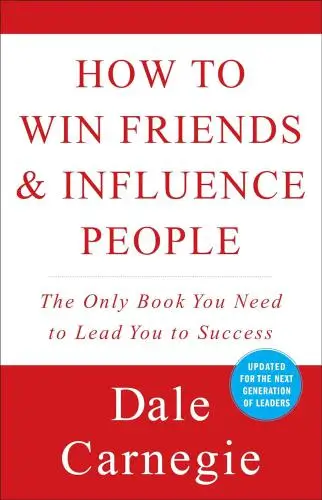
How to Win Friends & Influence People
Dale Carnegie
Never Split the Difference
Chris Voss
Smart Brevity
Jim VandeHei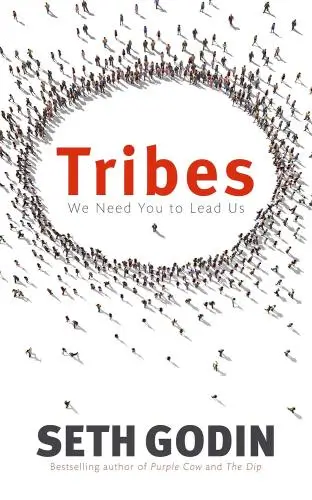
Tribes
Seth Godin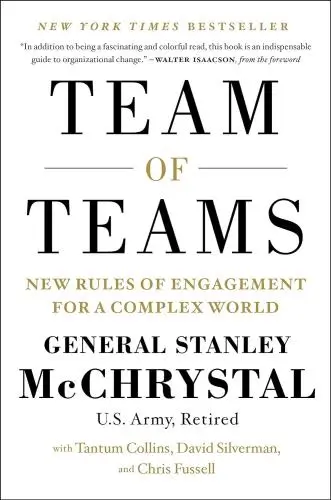
Team of Teams
General Stanley McChrystal
Jab, Jab, Jab, Right Hook
Gary Vaynerchuk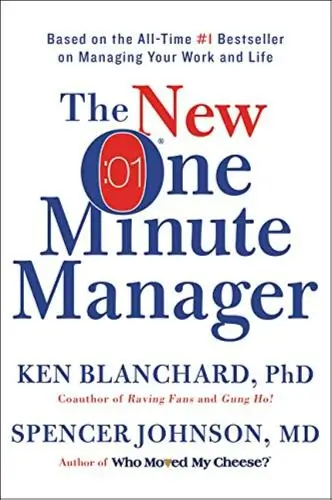
The New One Minute Manager
Ken Blanchard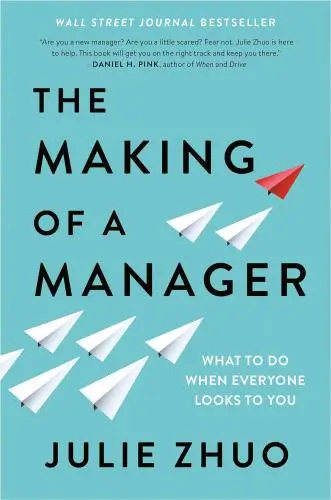
The Making of a Manager
Julie ZhuoTrending Summaries

Peak
Anders Ericsson
Never Split the Difference
Chris Voss
Smart Brevity
Jim VandeHei
The Psychology of Money
Morgan Housel
The First 90 Days
Michael D. Watkins
Atomic Habits
James Clear
Thinking, Fast and Slow
Daniel Kahneman
The Body Keeps the Score
Bessel van der Kolk M.D.
The Power of Regret
Daniel H. Pink
The Compound Effect
Darren Hardy
How to Win Friends & Influence People
Dale Carnegie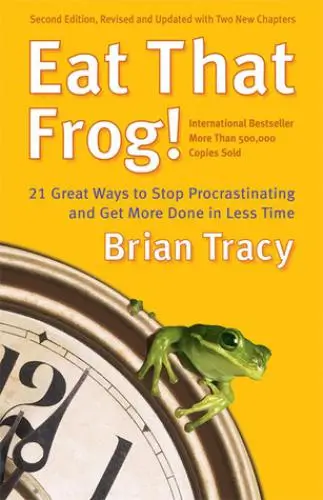
Eat That Frog!
Brian Tracy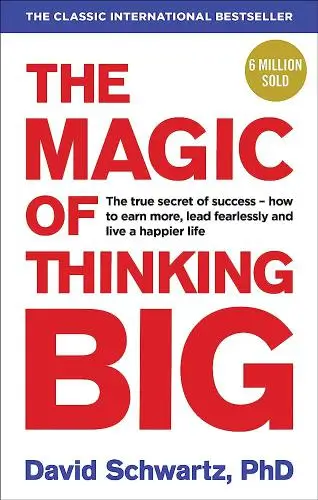
The Magic of Thinking Big
David J. Schwartz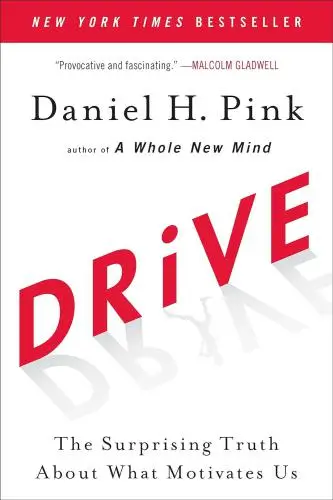
Drive
Daniel H. Pink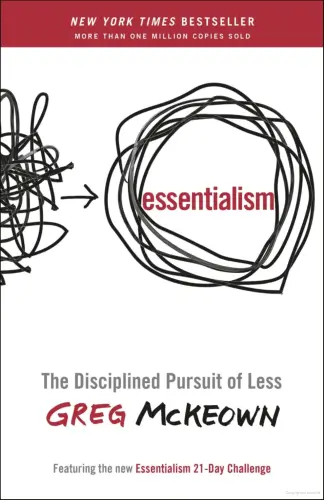
Essentialism
Greg McKeownNew Books

The Millionaire Fastlane
MJ DeMarco
Losing My Virginity
Richard Branson
Venture Deals
Brad Feld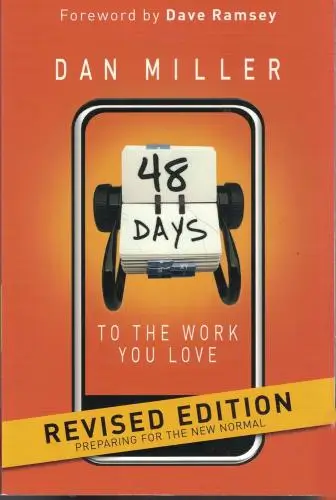
48 Days to the Work You Love
Dan Miller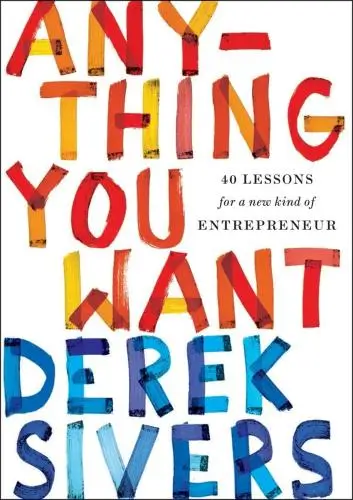
Anything You Want
Derek Sivers
Running Lean
Ash Maurya
Blitzscaling
Reid Hoffman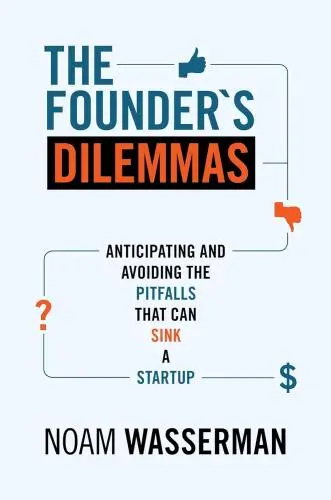
The Founder's Dilemmas
Noam Wasserman
Founders at Work
Jessica Livingston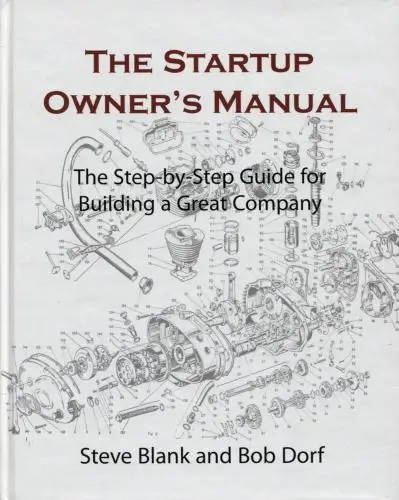
The Startup Owner's Manual
Steve Blank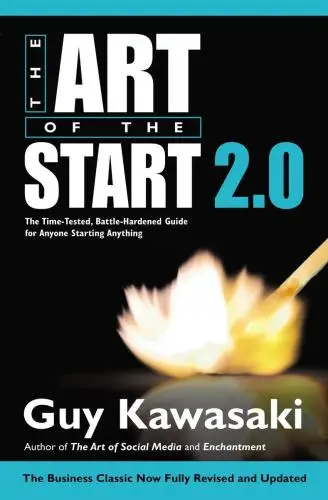
The Art of the Start 2.0
Guy Kawasaki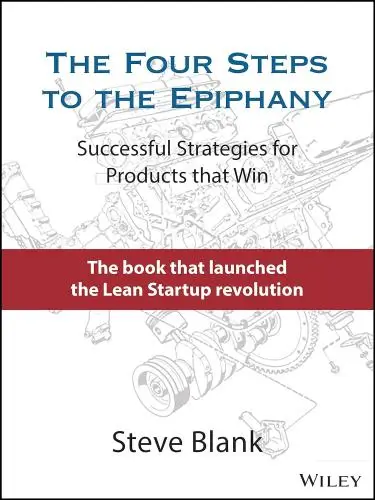
The Four Steps to the Epiphany
Steve Blank
Flash Boys
Michael Lewis
Crush It!
Gary Vaynerchuk